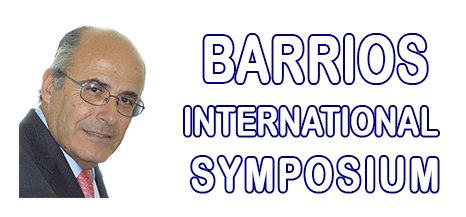ORAL
| SESSION: MathematicsWedAM-R3 | 2nd Intl. Symp. on Sustainable Mathematics Applications |
| Wed Oct, 25 2017 | Room: Peninsula 1 |
| Session Chairs: Peter Rowlands; Dean Vucinic; Session Monitor: TBA |
11:30: [MathematicsWedAM02]
The Holographic Principle Peter
Rowlands1 ;
1University of Liverpool, Liverpool, United Kingdom (Great Britain);
Paper Id: 122
[Abstract] The holographic principle, conjectured to be a consequence of string theory and quantum gravity, may be a more general organizing principle within the universe. The isonilpotent generalization of the nilpotent structure of the fermion state implies that every system which obeys the fundamental conservation principles of energy, momentum and angular momentum, has a nilpotent or isonilpotent structure as a square root of zero. If the universe is a zero totality zero, then a system or discrete object of any size can only obey conservation principles, if the rest of the universe is mathematically structured as its dual or mirror image. The nilpotent representation is founded on a double space structure, with a form determined by the nature of the system. Typically, then, to specify a system, we require just two dimensions of one of these spaces. These may be manifested as a physical pairing of terms, such as energy and momentum, energy and time, momentum and position, space and time, or even two different aspects of angular momentum. These become the ‘areas’ of the holographic principle, which can also be correlated with real areas. The different representations can be correlated as manifestations of the way in which the ‘information’ driving physical and other systems is both stored and recovered.







